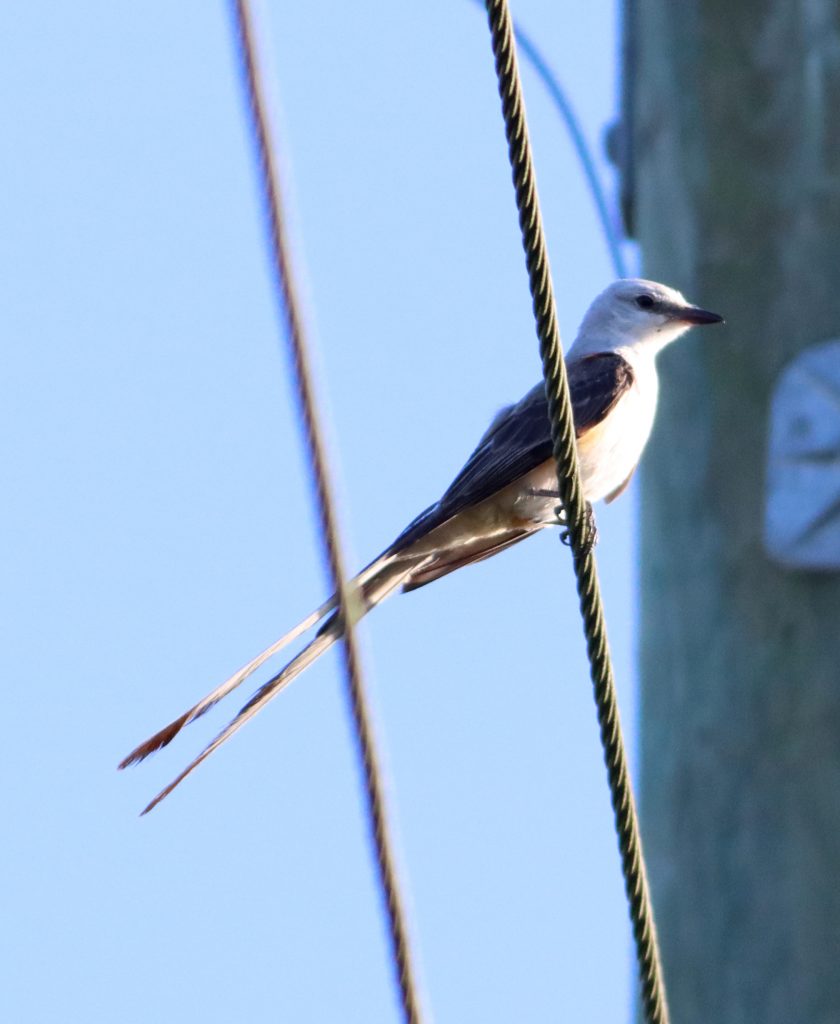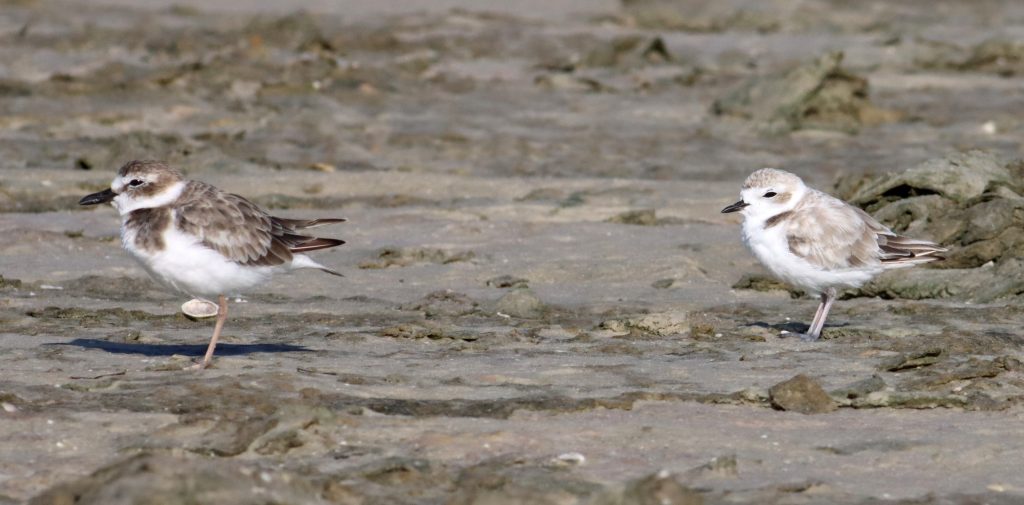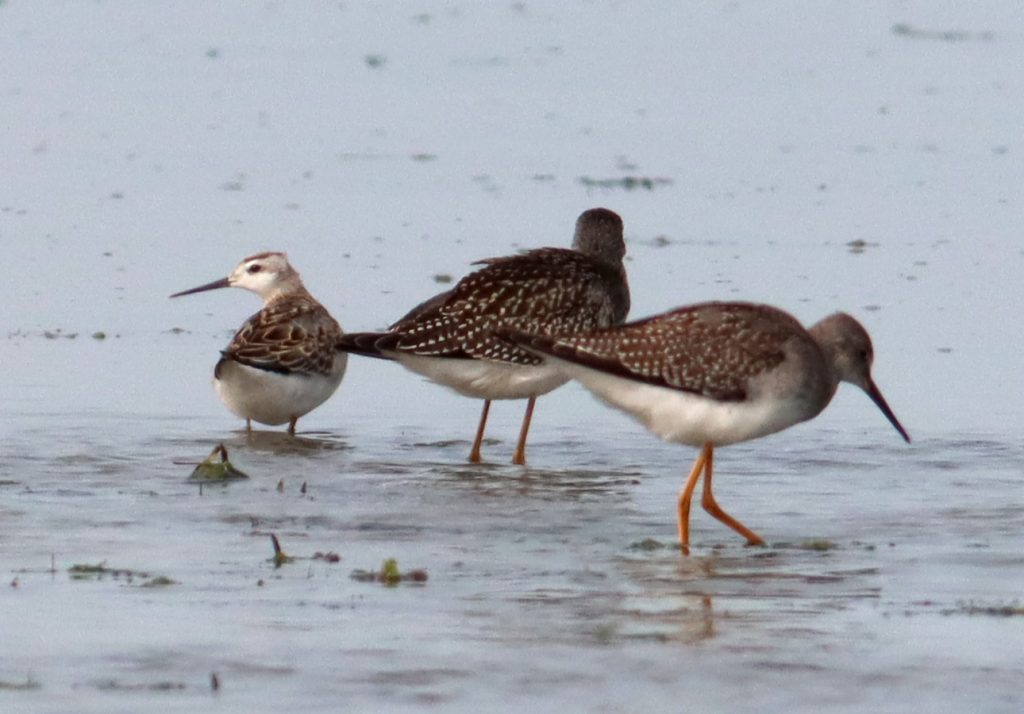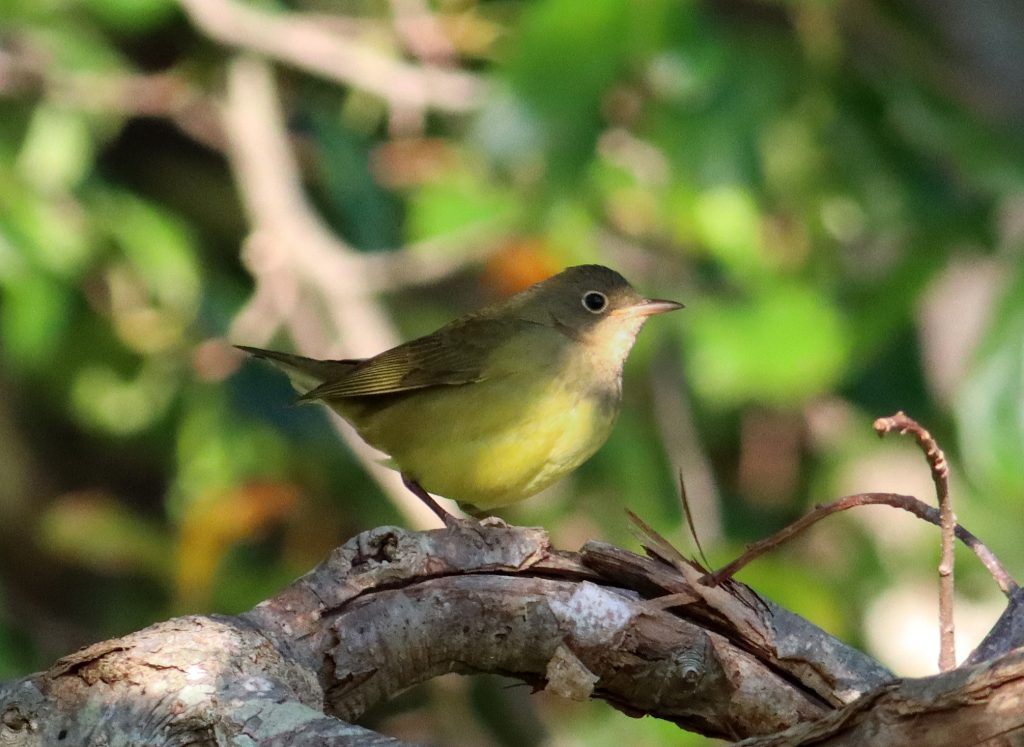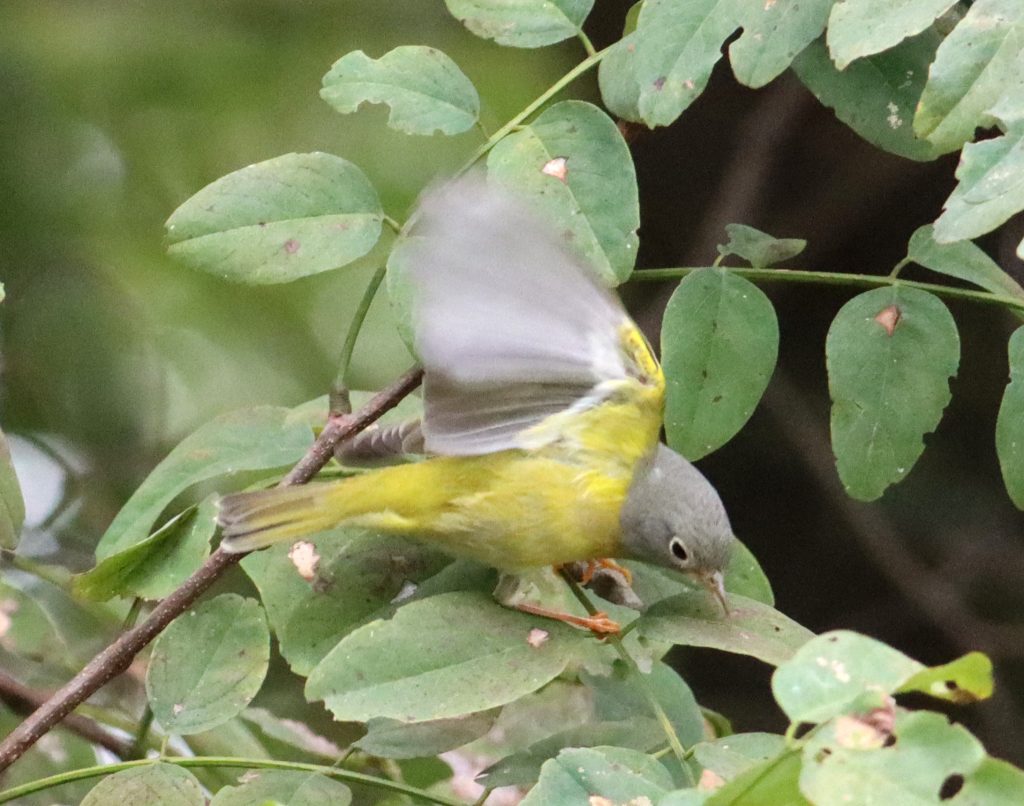It’s time for my annual “Birding Highlights’ post, sorting through rusty memory banks (and eBird checklists) to recall my favorite birding moments of the year. This year I spent approximately half of the year in New Jersey and half of the year in Florida, so I’m going to split the list into the top five from each location. The nice thing about making a list like this is finding out that it is hard to limit the list, and bringing back to the forefront of the memory banks many great days in the field. Covid restrictions prevented any travel to exotic locations with equally exotic birds, but still it’s a good year when birds like Painted Buntings, Short-tailed Hawks, Little Stint, Ash-throated Flycatchers, Mottled Ducks, Roseate Spoonbills, Evening Grosbeaks, Western Kingbirds, and Black Guillemot don’t make the list. It’s a telling sign that my top memory from each state is not a single rarity, but just super days with friends and family.
#5 Florida: Gray-headed Swamphen. I was able to see two lifers while in Florida this year. Somehow Gray-headed Swamphen became the top target. A real thorn in my side. We visited Lake Apopka (where it is frequently seen) multiple times, but to no avail. As far as I was concerned, it might as well be called the Invisible Swamphen. Was it that hard to distinguish from the numerous Common and Purple Gallinules? Does it hide in the reeds? Finally, peering out into a pool in November, there was one in the open, in the sunshine, and it was a glorious, colorful, large, unmistakable bird that makes a Purple Gallinule look bland. Then it posed and came closer. Then two more appeared. Wow.
#4 Florida: Scissor-tailed Flycatcher. It was just a normal day in July, with Rich and I deciding to bird in the local patch. A minute or two after getting out of the car, a bird flew by with an abnormally long tail. I shouted out “Scissor-tailed” and it perched on a nearby wire (as if it was proud that somebody recognized it) for documentation photos before flying onward. We were able to re-locate it twice, but it was a bird on the move and was not seen again. I’ve seen Scissor-taileds before but I think this was the first one that I found myself. They are seen occasionally in Florida, but typically in winter: this was the only one seen in peninsular Florida during summer of 2020. A nice unexpected sighting. Ya never know.
#3 Florida: Swallow-tailed Kites. These are impressive birds. Large, elegant, with great flight behavior. Fortunately, during summer they are not uncommon, and we often had them as yard birds down here. Even though they are frequently sighted, a single bird in flight can still elicit oohs and ahhhs. Then in late July, as we were driving around the Lake Apopka Wildlife Drive, we spotted a cloud of them, estimating ~250 Kites feeding in the sky, the way that we might see a cloud of Tree Swallows up north. Wowie.
#2 Florida: Whooping Cranes. Two Whooping Cranes in flight on Christmas morning. Rare and majestic. Need I say more?
#1 Florida: Ft. De Soto Park. This was one of those days where no absolute rarities were found, just a super group of Florida specialties, making for a very memorable July day with brother Rich. Magnificent Frigatebirds, Gray Kingbird, Loggerhead Shrike, Wilson’s and Snowy and Piping Plovers, a big mixed tern flock, 35 Marbled Godwits, 33 Roseate Spoonbills, and dancing Reddish Egrets, many in great photo ops, all combined for a day that is hard to beat.
#5 New Jersey: Wilson’s Phalarope. Jeanine and I were having one of our typical great canoeing days in the Sedge Islands in September, harvesting a nice load of clams, swimming, and seeing a nice variety of birds. We thought that the 190 Brown Pelicans would be the top highlight, but as we returned toward shore, the flats were newly exposed with shorebirds to sort through. One of them looked slightly off for a Yellowlegs, when it landed next to a Yellowlegs. It was that direct comparison that allowed us to we realize that it was a phalarope, but we weren’t sure which one. We got nice photos, checked the field guides, and confirmed a nice Wilson’s Phalarope. Some day I’ll be able to remember their field marks without the field guide, but I just don’t see them often enough.
#4 New Jersey: Black-throated Gray Warbler. We were in Cape May and a Black-throated Gray Warbler had been seen in the Point neighborhood. We were roaming around, trying to re-find it (along with some of the Cape May birding gliterati). We were stretched out along Coral Ave. when Jeanine spotted it and called us over. It’s only the second Black-throated Gray that I had seen, and the first one in NJ. But better yet, was the experience of finding it for these top birders instead of the other way around.
#3 New Jersey: Razorbills. It was a super year for Razorbills. But when Jeanine and I visited the Absecon Inlet jetty in Atlantic City for the first time in February and found six of them just offshore, including five in one tight pod, it was the largest group of Razorbills that I remember seeing. I guess there’s something about Razorbills for me that makes any Razorbill day special. A Six-Razorbill Day is almost too much to ask for.
#2 New Jersey: Connecticut Warblers. Let’s face it. Connecticut Warblers are hard to find. There are ‘reliable’ locations to try to find them, but even being there at the right time is far from a guarantee for these skulkers. This year I was able to see five different Connecticut Warblers, with three of them being in locations where they had not been reported. That’s three more than I had seen in my whole life, found within a one-month span. Whew!
#1 New Jersey: Nashville Tennessees. OK, in this one I’m cheating a bit again, since it is not a single species. Jeanine and I had a super season birding for fall warblers in Palmyra Cove Nature Park. Dozens of Cape May Warblers in a day were not unusual. What I thought was unusual, however, was seeing the combination of Nashville Warbler and Tennessee Warbler in the same tree at the same time, since it is not necessarily easy to see either one of them individually. A cute geographical combination, dontcha think? I certainly never saw them together previously. And then it happened again. And again, on a day when there were double-digit sightings of each bird. I still can envision that single tree with six Tennessee Warblers at the same time. We finally were exhausted and had our fill, but as we were walking toward the car, we bumped into friends Joanne and Bob, who are newer birders. Well, we couldn’t leave them alone on such a great day, so we headed back and enjoyed the latter part of the day with the Nashvilles, the Tennessees, and Joanne and Bob. And by the way, it happened again when we were in Cape May…Nashville and Tennessee in the same bush at Cox Hall Creek. It got to the point where when we saw one of them, we expected the other species to appear too. Fantastic birding!

